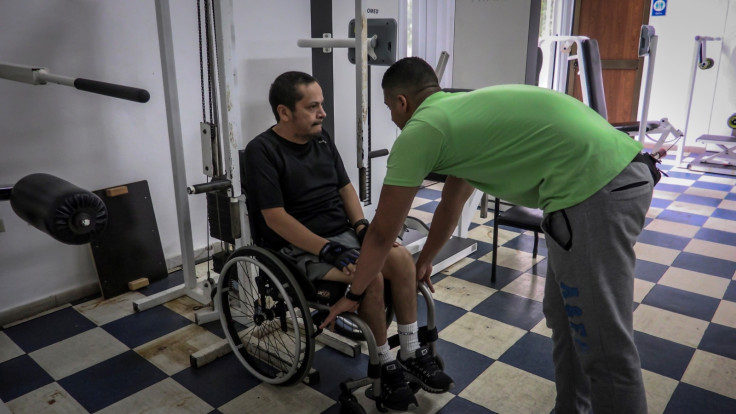Scientists develop 'gravity-assist' AI that can help stroke victims relearn walking
The algorithm can be used to control a robotic harness during rehabilitation.

A group of European scientists have developed an algorithm that can assist recovering stroke patients "walk naturally with the harness".
One of the results of a stroke is reduced muscular strength, which leads to difficulty in walking and loss of balance. The smart harness will have a 'robotic body weight supportive device' that will sense where support is needed and apply forces to stabilise the patient.
The robot does this by "remastering the interplay between body mechanics and gravitational forces", researchers said. The assistance that this device aims to provide will be, "based on patient-specific motor deficits." It is designed to treat every patient based only on their gait and walking needs.
According to researchers, the technology, 'harnessed' the force of gravity through a robotic assist system that applies certain upward and forward forces to the wearer around the torso, helping stabilise the patient. The assist system will be making use of the newly developed algorithm to control it.
The harness itself will be hung from the ceiling and will work in a way that is comparable to a regular one but will have the robotic gadget strapped on to the patient. A video explaining how this works was published by the researchers.
In tests that the research team conducted, it was found that for non-ambulatory patients recovering from a stroke and spinal cord injury, this device was able to "reestablished gait dynamics during highly participative locomotion within a large and safe environment." For ambulatory patients, the harness provided, "improved skilled locomotion such as balance, limb coordination, foot placement, and steering."
In the study, researchers were able to find stark differences between patients who use the harness against those who did not. "A 1-hour training session with multi-directional gravity-assist improved locomotor performance tested without robotic assistance immediately after training, whereas walking the same distance on a treadmill did not ameliorate gait," according to the published abstract.
"These results highlight the importance of precise trunk support to deliver gait rehabilitation protocols and establish a practical framework to apply these concepts in clinical routine."
© Copyright IBTimes 2025. All rights reserved.





















